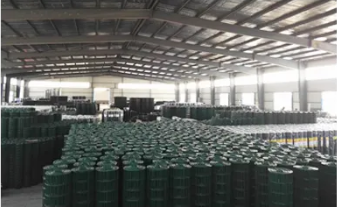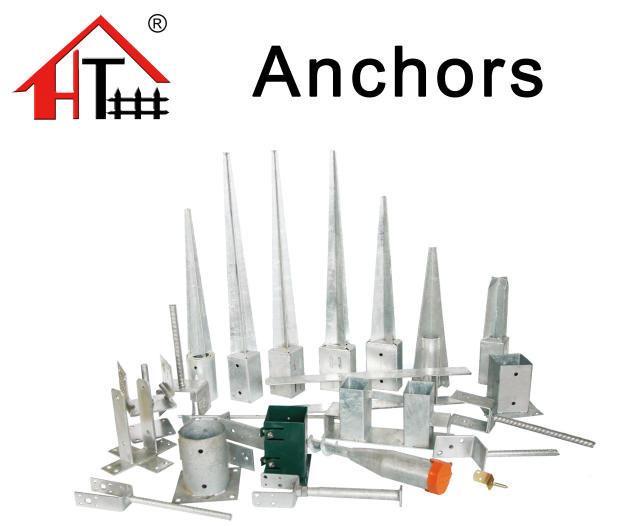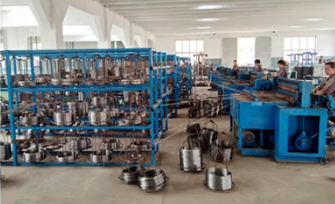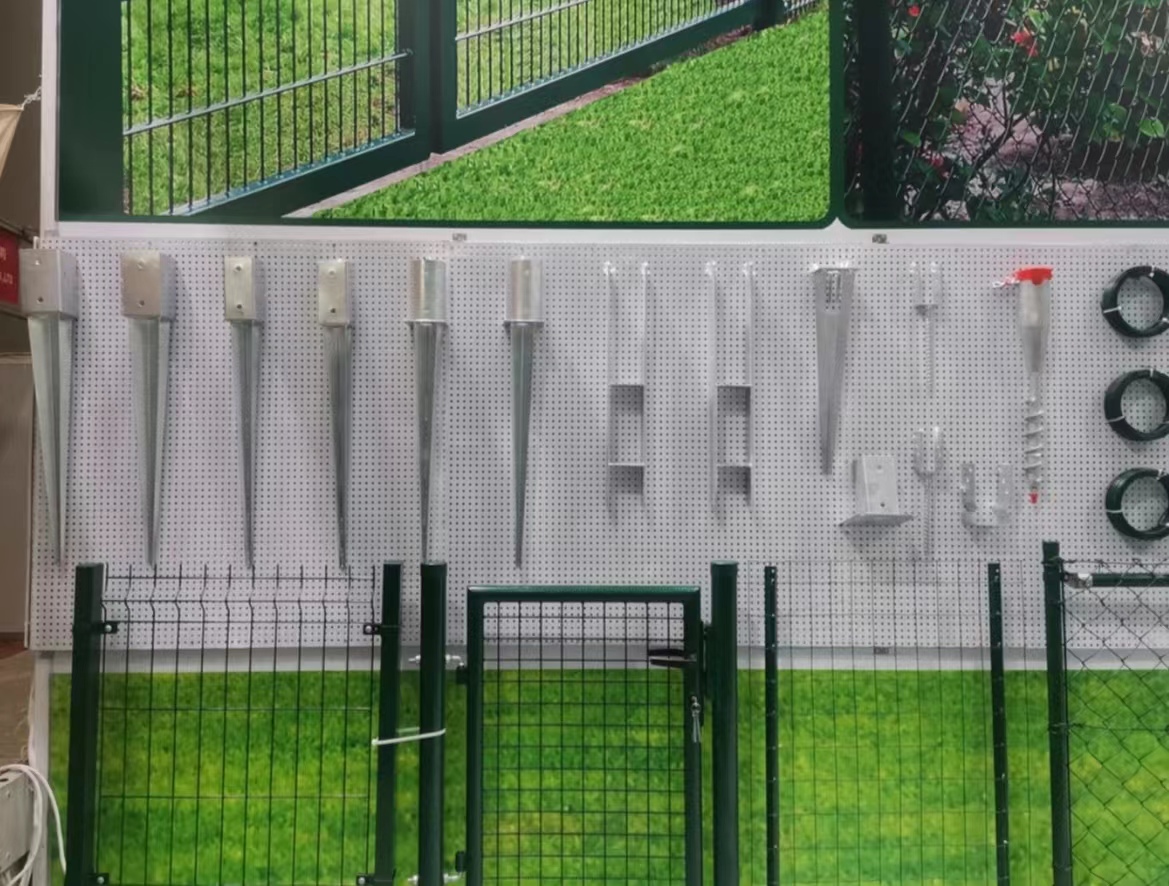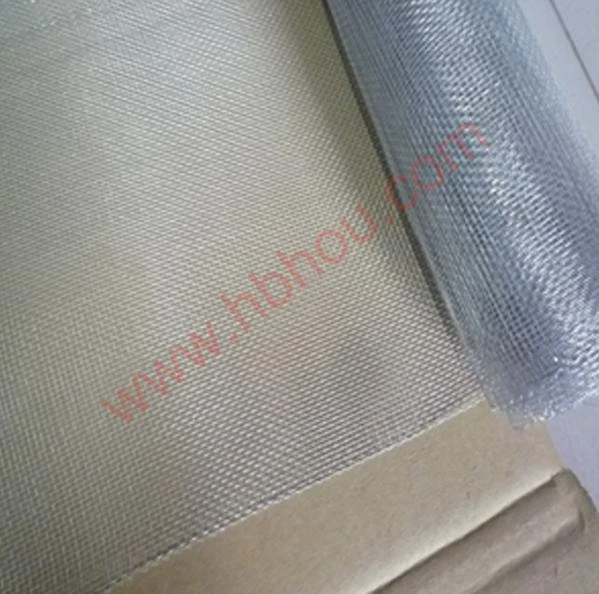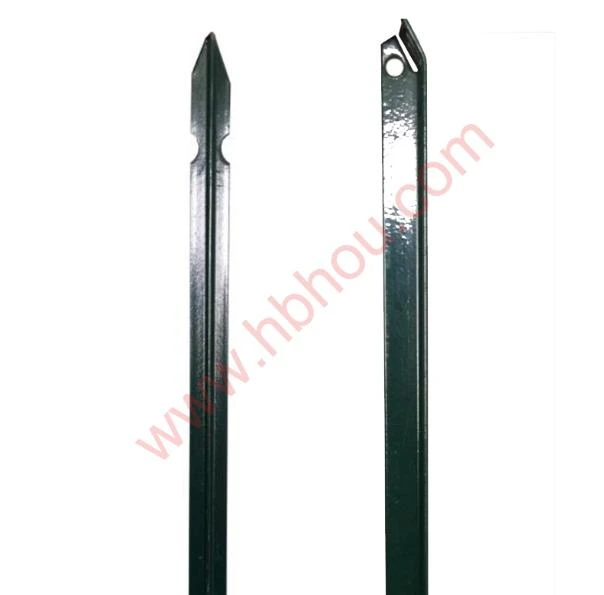Building Homemade Wild Hog Traps A Comprehensive Guide
Wild hogs have become an increasingly common sight across various regions, and managing their populations is crucial for local ecosystems and agricultural practices. These feral creatures can wreak havoc on crops and natural habitats, leading to significant economic losses and ecological imbalance. One effective way to control their numbers is through trapping, and creating a homemade wild hog trap can be a cost-efficient and practical solution. In this article, we will explore the steps to building your own wild hog trap and discuss some essential tips for successful trapping.
Understanding Wild Hogs
Before embarking on trapping, it’s important to understand the behavior and habits of wild hogs. These animals are intelligent, social creatures often found in groups, also known as sounders. They are opportunistic feeders, consuming a wide variety of food, which makes baiting your trap a viable strategy. Understanding their routines will help you make your trap more effective.
Choosing the Right Design
There are various designs for homemade wild hog traps, but one of the most effective is the corral trap. This type of trap consists of a large, enclosed area where wild hogs can be lured and captured. A basic corral trap can be constructed using materials like livestock panels or fencing.
Materials Needed 1. Livestock Panels or Chain-Link Fencing Durable materials to create the walls of your trap. 2. T-Posts For securing the fencing into the ground. 3. Gate Mechanism A simple lever system or a dropping gate to ensure that once the hogs enter, they cannot escape. 4. Bait Corn, sweet fruits, or commercial hog attractants work well to lure hogs into the trap.
Construction Steps
1. Select a Location Choose an area that shows signs of wild hog activity, such as tracks, nests, or damaged crops. Ensure that the site has an adequate water source nearby, as hogs will likely visit this area frequently.
homemade wild hog traps
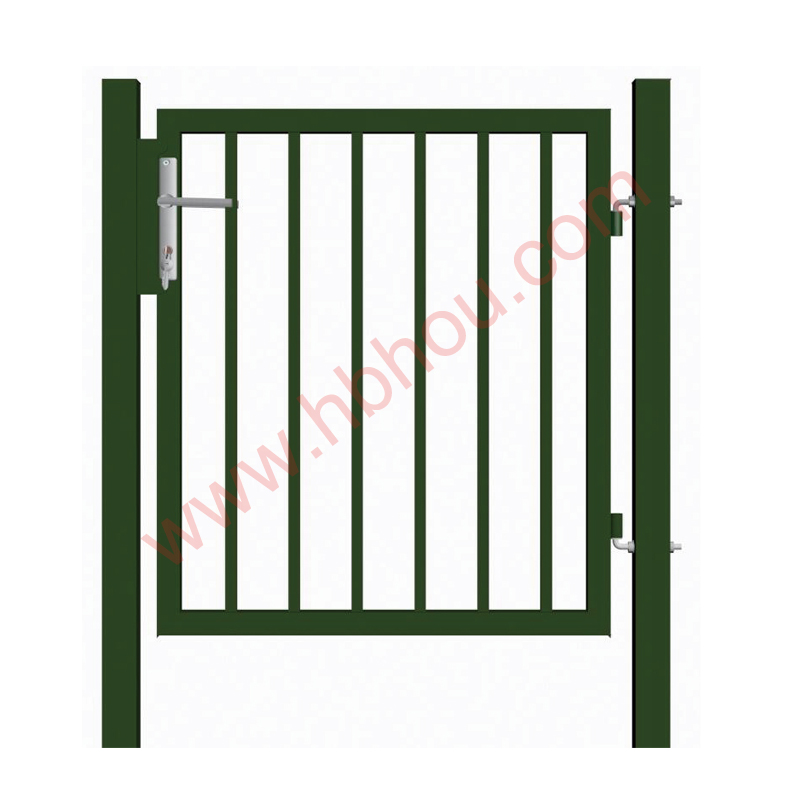
2. Assemble the Frame Create a rectangular or square enclosure of your chosen dimensions (10x10 feet is a good starting size). Use the T-posts to secure the livestock panels or fencing deeply within the ground to prevent the hogs from digging under.
3. Install the Gate Create a simple gate mechanism to allow hogs to enter but not exit. A drop gate that is triggered by the hogs entering the corral works well. You can use a length of wire to hold the gate open temporarily.
4. Bait the Trap Place bait inside the enclosure, spreading it around to encourage wild hogs to venture further inside. The goal is to have them step onto the mechanism that triggers the gate.
5. Monitor the Trap Regularly check the trap to see if you have captured any hogs. This is crucial to ensure that any captured animals are handled humanely and do not suffer unnecessarily.
Safety and Considerations
When trapping wild hogs, safety should be a top priority. Wild hogs can be aggressive, especially when cornered. If you are not experienced in handling captured animals, it is advisable to consult local wildlife authorities for guidance. Additionally, ensure that your trapping activities comply with local regulations regarding trapping and wildlife management.
Conclusion
Building a homemade wild hog trap can be an effective method of managing these invasive animals while protecting crops and natural habitats. By understanding their behavior, selecting the right design, and using appropriate materials, you can create a successful trapping system. Remember to stay safe, monitor your traps regularly, and follow local regulations to ensure humane and responsible hunting practices. Happy trapping!









